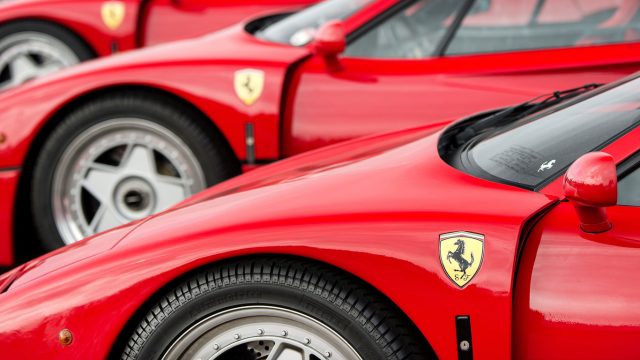 In 1947, just eight years after leaving Alfa Romeo, Enzo Ferrari built the first car to wear a Ferrari badge. Now, 70 years later, it’s left to us to select the cars that define the history of the Prancing Horse.
In 1947, just eight years after leaving Alfa Romeo, Enzo Ferrari built the first car to wear a Ferrari badge. Now, 70 years later, it’s left to us to select the cars that define the history of the Prancing Horse.
“The best Ferrari is the next one,” as Enzo Ferrari famously said, so on that basis the best is yet to come. But how did we go about selecting the greatest Ferraris from the past 70 years?
It’s a highly subjective opinion, of course, but by selecting two from each decade, it focused our minds on choosing the very best. This means that some Ferraris that might have made an overall list of the top 10 will have missed out.
- Justin Bieber is selling his modified Ferrari 458
- Ferrari 328 GTS review: Retro Road Test
- More car news on Motoring Research
1940s: Ferrari 125 S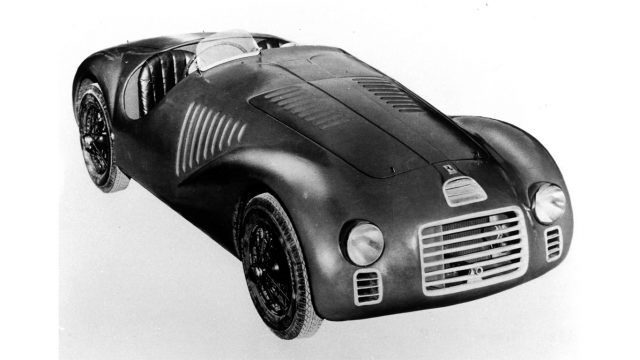
Enzo Ferrari worked at Alfa Romeo for ten years, heading up the Scuderia Ferrari racing department. He left in 1939 and – cutting a long story short – formed a company called Auto Avio Costruzioni, developing a car at a workshop in Modena. But this wasn’t the first car to wear a Ferrari badge. No, that honour belongs to the 125 S.
By Enzo’s own admission, the 125 S’s racing debut was “a promising failure”, but it laid the foundations for the next 70 years. After just five months, the 125 S had achieved six wins from 14 races.
1940s: Ferrari 166 MM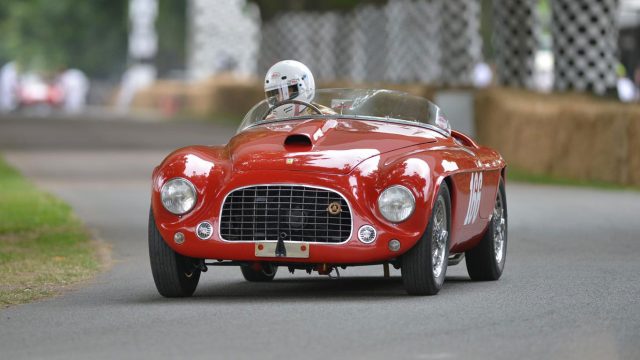
Enzo’s first car – the Auto Avio Costruzioni 815 – was designed by Carrozzeria Touring of Milan and, eight years later, Ferrari returned to the coachbuilder to pen the body of the 166 MM (Mille Miglia). It wasn’t the first Ferrari, but it was arguably the most significant to date, becoming a dominant force in motorsport and setting a trend for a succession of barchettas and spiders.
It made its debut at the 1948 Turin Motor Show, with the show car sprayed red and featuring a real leather interior. Significantly, the 166 MM enjoyed success at Le Mans, Spa and the Mille Miglia.
1950s: Ferrari 250 GT California Spider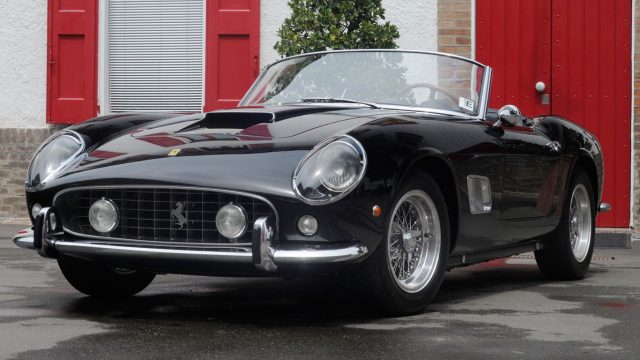
Selecting the two greatest Ferraris from the 1950s is slightly trickier. The 250 GT California Spider makes the cut, but not because of its role in Ferris Bueller’s Day Off. This is one of the most beautiful cars ever built and ranks amongst the most expensive cars ever sold at auction. Indeed, a barn-find 250 GT SWB California Spider sold for $18.5m in 2015.
The LWB (long-wheelbase) version was built between 1958 and 1960, while the SWB (short wheelbase) was in production from 1960 to 1962. It’s the SWB that’s the more valuable of the two and as such it should slot into the 1960s category. But when you discover what we’ve chosen for the 60s, you’ll understand why we’re including the 250 GT California Spider under the banner of the 1950s.
1950s: Ferrari 250 Testa Rossa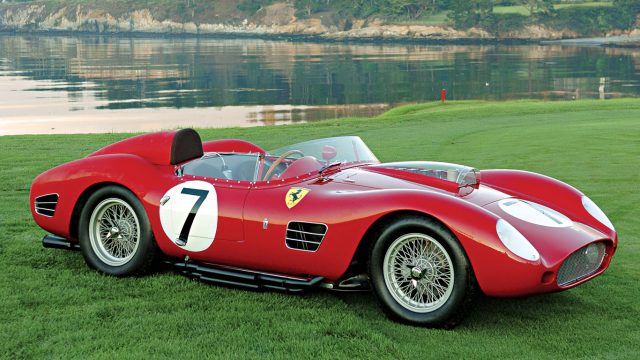
Our second choice is the 250 Testa Rossa, so called because of its red valve covers. It became one of the most successful cars in Ferrari’s history, but this was no track-only special. These 3.0-litre V12-engined cars were road legal, despite looking like Formula One race cars.
The 300hp 250 TR could reach speeds of up to 170mph, propelling it to victory in the 1957 World Sports Car Championship, Ferrari’s third consecutive win. In 2014, chassis 0704 sold for a record £24 million. Historian Marcel Massini described that car as one of the top five Ferraris on the planet. Just one reason why we’ve included the 250 Testa Rossa on our list of true greats.
1960s: Ferrari 250 GTO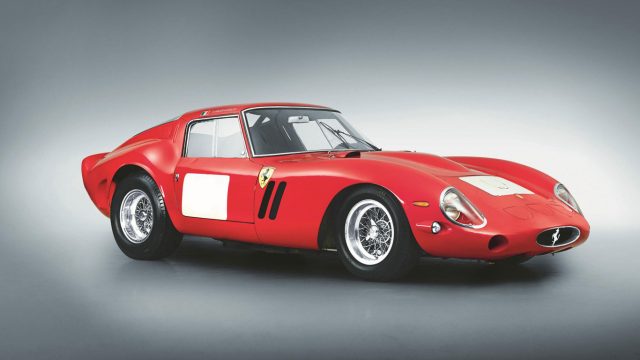
The first name down on the team sheet and the reason why there’s only one berth available in the 1960s category. It is, of course, the 250 GTO, probably the best Ferrari… in the world. Formidable on the track, and just as good on the road, Ferrari managed to dodge homologation rules by building just 36 cars.
A prototype was tested by Stirling Moss, before being unveiled to the public in February 1962. A year earlier, Enzo Ferrari had described the Jaguar E-Type as the most beautiful car ever made. With its long bonnet, ‘droop snoot’ nose and stubby tail, the 250 GTO could rival the E-Type in the beauty stakes. A star was born.
1960s: Ferrari 365 GTB4 ‘Daytona’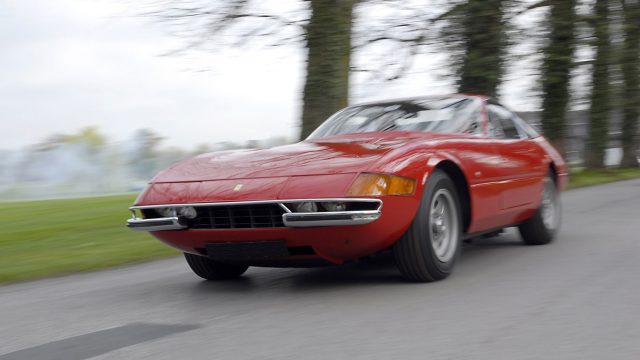
The 50s and 60s were a golden era for Ferrari, so much so that we’ve been forced to leave out cars that could otherwise have beaten Ferraris from different decades. The 365 GTB4 was unveiled at the 1968 Paris Motor Show, and was immediately christened the ‘Daytona’, in honour of Ferrari’s 1-2-3 victory at the 24-hour race in 1967.
This was the last 12-cylinder Ferrari announced before Fiat took control in 1969, with Maranello sticking to the front-engine layout, at a time when mid-engined cars were in fashion. Early cars featured a strip of Plexiglass in front of the lights, but this was replaced by pop-up units to comply with US safety legislations. In 1969, Ferrari launched a spider version, which accounted for 10% of sales. Either way, the ‘Daytona’ is arguably the coolest Ferrari ever built.
1970s: Ferrari 308 GTB/GTS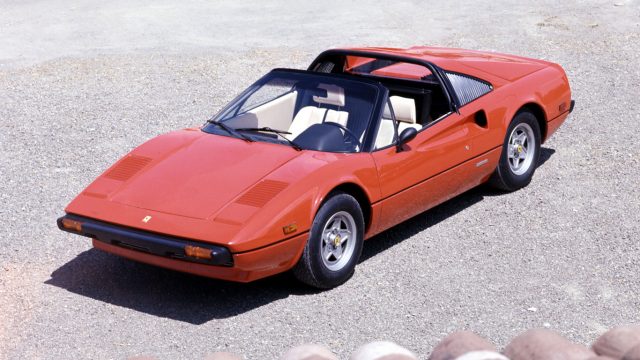
And so to the 1970s, where we start with the Ferrari 308 GTB and GTS. These were hugely significant cars for the marque, delivering sales success previously unknown to Ferrari. The 308 GTB came first, at the 1975 Paris Motor Show, and was the first Ferrari to feature a fibreglass body.
Later, Ferrari returned to traditional pressed steel and aluminium, before the arrival of the 308 GTS in 1977. The most famous targa-topped model is arguably the 1984 car, driven by Tom Selleck in the Magnum P.I. TV series. In January 2017, it sold at auction for £144,150.
1970s: Ferrari Berlinetta Boxer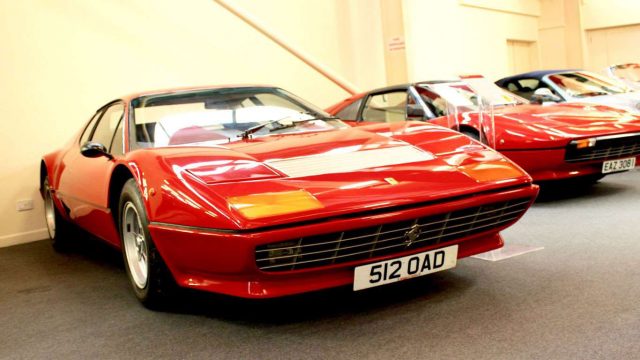
Leaving aside the Dino-badged models for a moment, the Berlinetta Boxer (BB) represented a turning point for Ferrari. Launched in prototype form at the 1971 Turin Motor Show, the 365 GT4 BB was powered by a central-longitudinally mounted V12 engine, enveloped in a body designed by Pininfarina.
In 1976, the 365 GT4 BB evolved into the BB and later into the BBi, complete with Bosch fuel injection. Eric Clapton is a fan, so much so that he commissioned Ferrari to build a tribute to the BB using a Ferrari 458 Italia. The result was a one-off SP-12, which cost ‘Slowhand’ a cool £3m.
Ferrari 288 GTO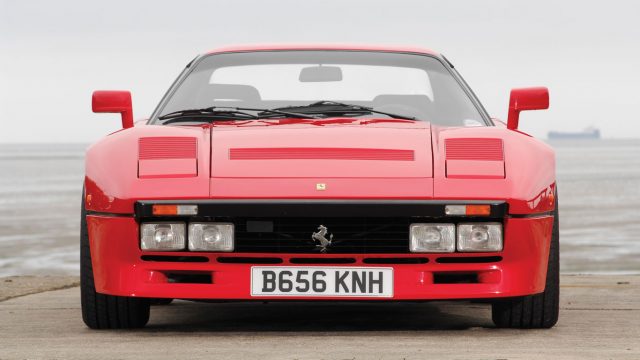
Selecting two Ferraris to represent the 1980s was an easy task. The Ferrari GTO – commonly referred to as the 288 GTO – was built to compete in Group B rallying, but when the FIA pulled the plug, the GTO was left without a party to attend. As a result, the GTO never raced, leaving all 272 units to fall into private hands.
As you’d expect from a race-bred, 400hp twin-turbocharged V8 supercar, demand was high, so much so that Ferrari sold each one to order, before the car went into production. In any other company, this would have been the greatest car of the decade. But Ferrari had another ace up its sleeve…
1980s: Ferrari F40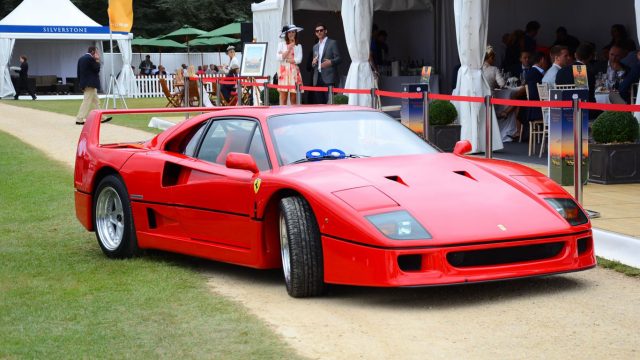
The 250 GTO might be the purists’ choice as the greatest Ferrari of all time, but the F40 would win if judged on universal appeal. It’s the poster star for a generation; the supercar we grew up wanting.
It was the last new-car presentation attended by Enzo Ferrari before his death in 1988, and built to celebrate the 40th anniversary of the marque. Like the 250 GTO, it felt like a race car for the road, with extensive use of composite materials for the chassis, a glassfibre body and a stripped-back interior. Such was the demand, Ferrari built 1,311 F40s between 1987 and 1992.
1990s: Ferrari 456 GT Venice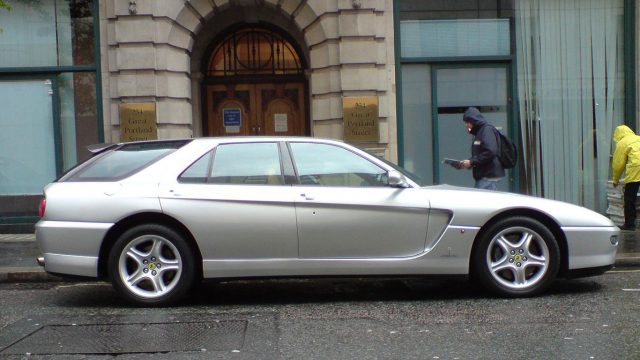
For the first time since the 365 GTB4, Ferrari returned to a front-engine layout for the launch of the 456 GT. It was the ultimate GT car, featuring a 5.5-litre V12 engine and a sumptuous interior with space for four. Good enough to make our list of greatest Ferraris? Not quite…
If you’ve got the funds, anything is possible, as demonstrated by the sublime 456 GT Venice. Prince Jefri Bolkiah of Brunei liked the idea of a 456 GT wagon so much, he ordered seven units from Pininfarina. He purchased six of them, each one costing a cool $1.5m.
1990s: Ferrari F355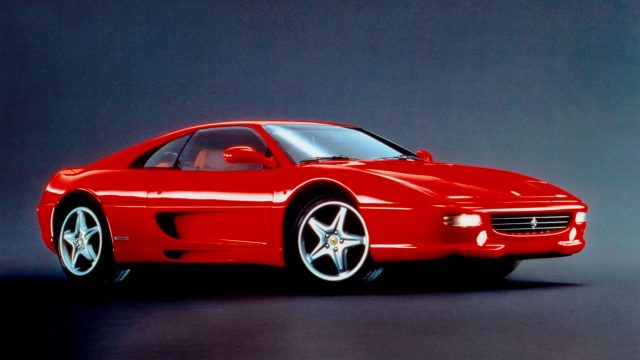
Beautiful, isn’t it? On looks alone, the F355 is worthy of consideration when producing a list of great Ferraris. Although the shape was inspired by the 348, Pininfarina spent a huge amount of time perfecting the aerodynamics of the F355, moving the game on considerably.
Note the air intakes, which you can see, and the flat bottom, which you can’t: two factors that optimised airflow distribution. The aerodynamics helped the F355 to achieve a top speed of around 183mph, while a later car – called the F1 – featured Formula One style paddles behind the steering wheel.
2000s: Ferrari Enzo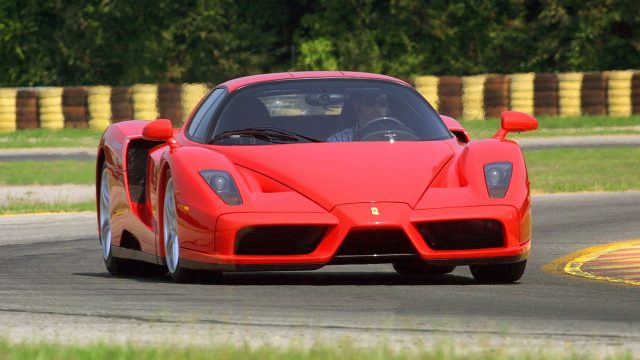
In 2002, the Ferrari Enzo represented the very pinnacle of supercar development. It was, almost quite literally, a Formula One car for the road, right down to its use of composite materials, advanced aerodynamics and top speed of 350km/h (217mph). It was a fitting tribute the company’s founder, who had died 14 years earlier.
Ferrari built 400 units, each one featuring a chassis made entirely from carbon-fibre and aluminium honeycomb sandwich panels. It was also the first Ferrari road car to feature carbon-ceramic disc brakes.
2000s: Ferrari 430 Scuderia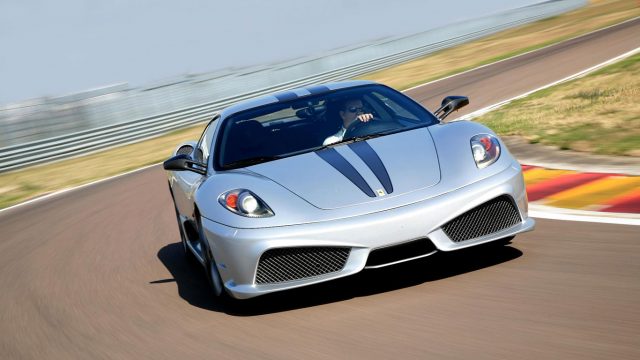
None other than Michael Schumacher helped develop the Ferrari 430 Scuderia, with the F1 driver completing lap after lap on the Nürburgring in an attempt to hone the car to within a millimetre of perfection. The result was a car with 510hp, a top speed of 198mph and a 0-62mph time of 3.6 seconds. But while these figures might be good for Top Trumps, they only tell half the story.
It’s not that the standard 430 wasn’t a great car, it’s just that the ‘Scud’ took things to an entirely new level. The F1-SuperFast2 gearbox reduced shifts to a 60 thousandths of a second, the F1-Trac differential was straight out a Grand Prix car, while other details included a new rear diffuser and a specific Gurney flap on the engine cover.
2010s: Ferrari FF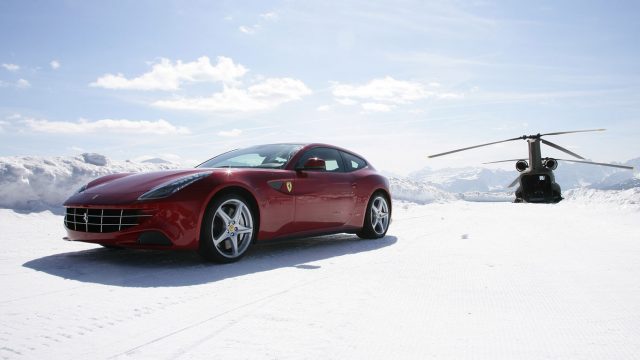
One car is a shoe-in for the current decade, but what of the other choice? We’ve opted for the Ferrari FF, on the basis that it took the marque in a new direction. When it was unveiled in 2011, the motoring world looked on with amazement. Here was Ferrari’s first four-wheel-drive car, with enough space to seat four people in total comfort.
It was a clever move by Ferrari, not least because it allowed the brand to expand into new markets, such as China, where supercar owners like to take their family along for the ride. It was also the first time a V12 engine had been mated to a seven-speed dual-clutch F1 gearbox.
2010s: Ferrari LaFerrari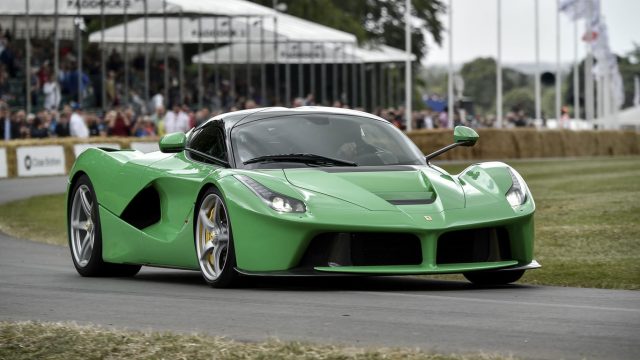
Ferrari built 500 LaFerraris, 499 of which were sold on an invite-only basis. The remaining car was sold at auction to raise money for the Italian earthquake disaster. It raised £5.5 million, five times more than the cost when new.
That it’s one of the greatest Ferraris of all-time is in no doubt. Indeed, Ferrari liked it so much, it decided to christen it ‘The Ferrari’.
Ferrari J50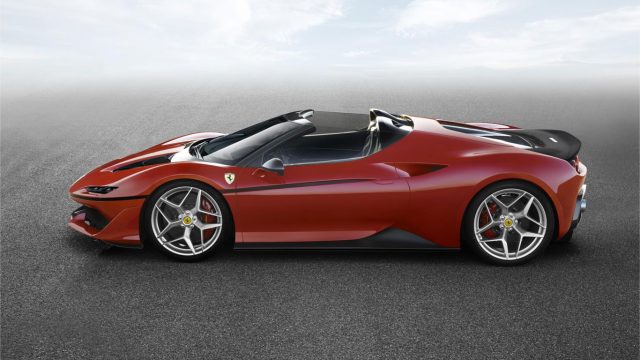
What about the cars that got away? We could make a strong case for the 458 Italia, which straddles two decades. Then there’s the F12 Berlinetta, the F12tdf, the Dino 246, 250 GT Lusso, 330 GTS, 488 Spider… the list could go on.
But what of the present and the future? In December 2016, Ferrari unveiled the J50, another limited edition built to celebrate the 50th anniversary of Ferrari in Japan. Only 10 will be built.
Ferrari 70th Anniversary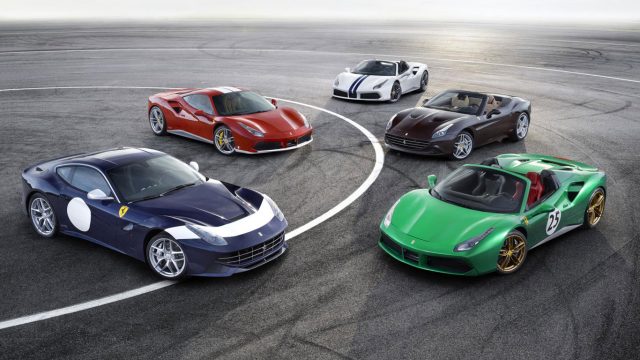
In 2017, Ferrari will celebrate 70 years in the business by creating 70 bespoke cars. Seventy liveries will be rolled out, each one created just the once for every car in the current range.
All the cars will come complete with a 70th anniversary logo, along with a plate stating the name of the model that inspired it. Of course, you’ll already know this, as you will have received an invitation to place an order. Here’s to the next 70 years.